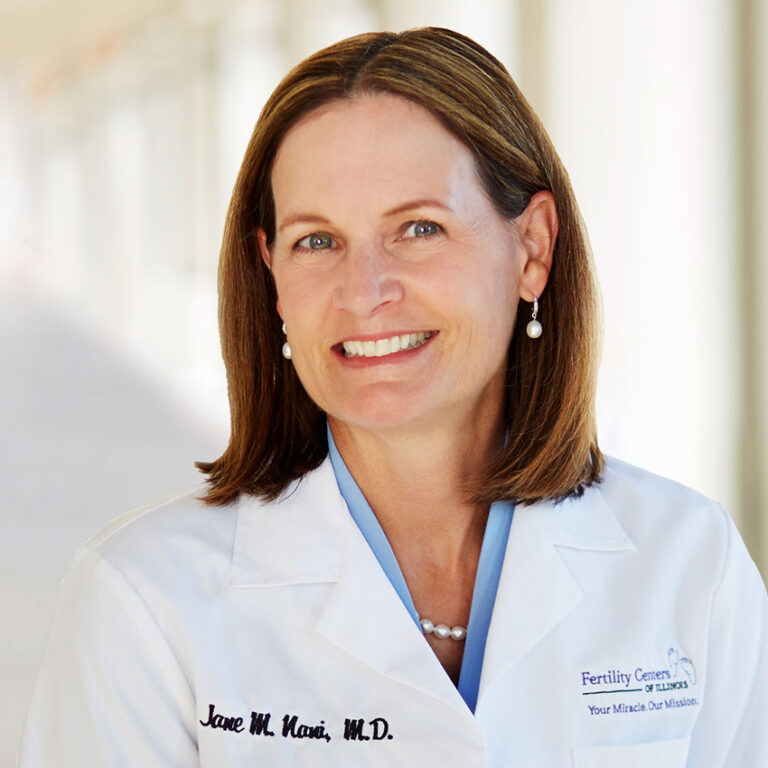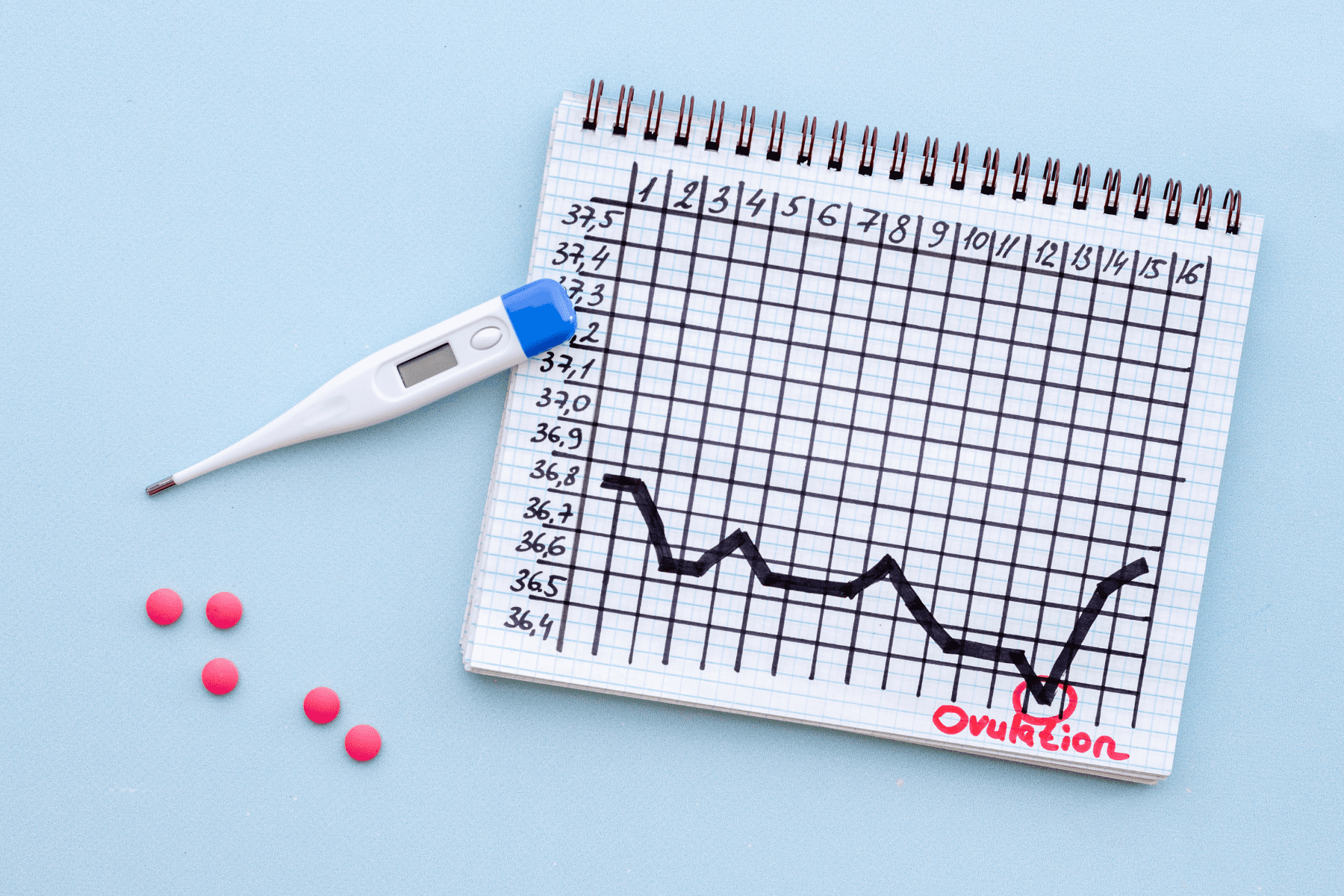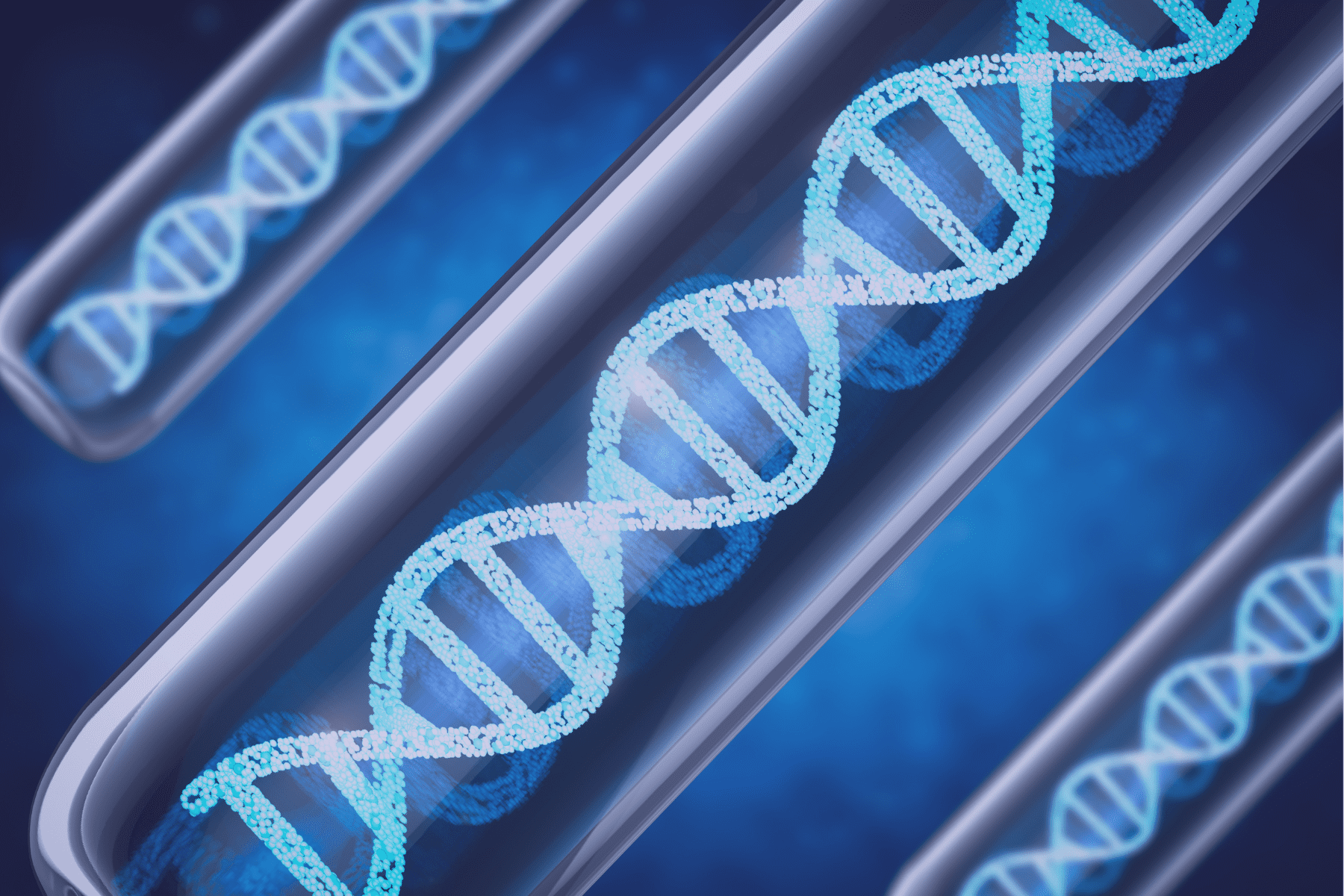Varicoceles are defined as abnormally dilated scrotal veins and are present in approximately 15% of the normal male population and up to 40% of men presenting with infertility. Larger varicoceles that are typically easily palpable have been clearly associated with infertility.
The underlying cause of varicoceles and infertility is related to altered spermatogenesis due to the adverse effect of venous reflux and testicular temperature elevation. While it might appear obvious that varicocele repair would be an easy remedy for Male Factor Infertility, the clinical benefit of varicocele repair in improving fertility has not been firmly established.
However, when the male partner of a couple attempting to conceive has a varicocele, treatment of the varicocele may be considered when all of the following conditions are met: 1) the varicocele is palpable on physical examination of the scrotum; 2) the couple has known infertility; 3) the female partner has normal fertility or a potentially treatable cause of infertility; and 4) the male partner has abnormal Semen parameters or abnormal results from sperm function tests. Conversely, varicocele repair as treatment for infertility is not indicated in patients with normal semen parameters or a sub-clinical varicocele.
In addition to possible varicocele repair, intrauterine insemination (IUI), and in vitro Fertilization/intracytoplasmic sperm injection (IVF/ICSI) are all options for the management of couples with male factor infertility associated with a varicocele. The decision on which treatment method to use is influenced by several factors. Varicocele repair has the potential to directly treat the underlying cause of infertility and thus, provide a possible, though uncertain, cure.
On the other hand, IUI and ART are performed on a Cycle by cycle basis and are required at each pregnancy attempt. In some cases, the cost effectiveness of varicocele repair as compared to IUI or IVF, particularly considering the relative risk or failure of either treatment to result in pregnancy may be primary. Other factors of major importance include the age of the female partner, the potential risk of multiple pregnancies, and the consequential risk of premature birth with IUI and IVF, along with the possible progressive decline in semen parameters that might accompany untreated varicoceles.
There are two approaches to varicocele repair and these are surgery and percutaneous embolization. Open surgical approaches to varicocele repair include retroperitoneal, inguinal and sub-inguinal, or by laparoscopy. The risks of surgical varicocele repair are rare and usually mild, but include wound infection, Hydrocele, recurrence of varicocele, and very rarely, testicular atrophy. Percutaneous embolization of the varicocele is accomplished by embolization of the refluxing internal spermatic vein or veins.
However, no single method has proven superiority over another as a cure for infertility. While surgical treatment successfully eliminates over 90% of varicoceles, the impact on fertility outcomes is less clear. This is largely because most controlled studies, that have addressed fertility outcomes following varicocele repair, have not been randomized and have not included only men with palpable varicoceles, men with abnormal semen parameters, and men with normal female partners.
Two well-designed, randomized, controlled studies in the 1990s evaluated men with palpable varicoceles along with abnormal semen parameters, but with normal spouses. Interestingly, one study concluded that there was no greater likelihood of pregnancy after varicocele repair, although improvements in semen parameters were significant. The second study reported a statistically significant improvement in fertility following varicocele repair. The 2004 Cochrane meta-analysis of eight previously published studies reported no effect of varicocele repair on fertility.
Despite the absence of definitive studies on the impact of varicocele repair on fertility, varicocele treatment may be considered in selected cases. However, once the repair is performed patients should be evaluated for varicocele recurrence and post-repair semen analysis should be performed at three month intervals, during the first year, in order to assess change and /or improvement in parameters or until pregnancy is achieved. After one year following varicocele repair without pregnancy, however, IUI and ART should be considered for couples with persistent infertility.
Medical contribution by Jane Nani, M.D.
Dr. Jane Nani is board certified in Obstetrics and Gynecology and in Reproductive Endocrinology and Infertility (REI), and has been practicing medicine since 1996.







